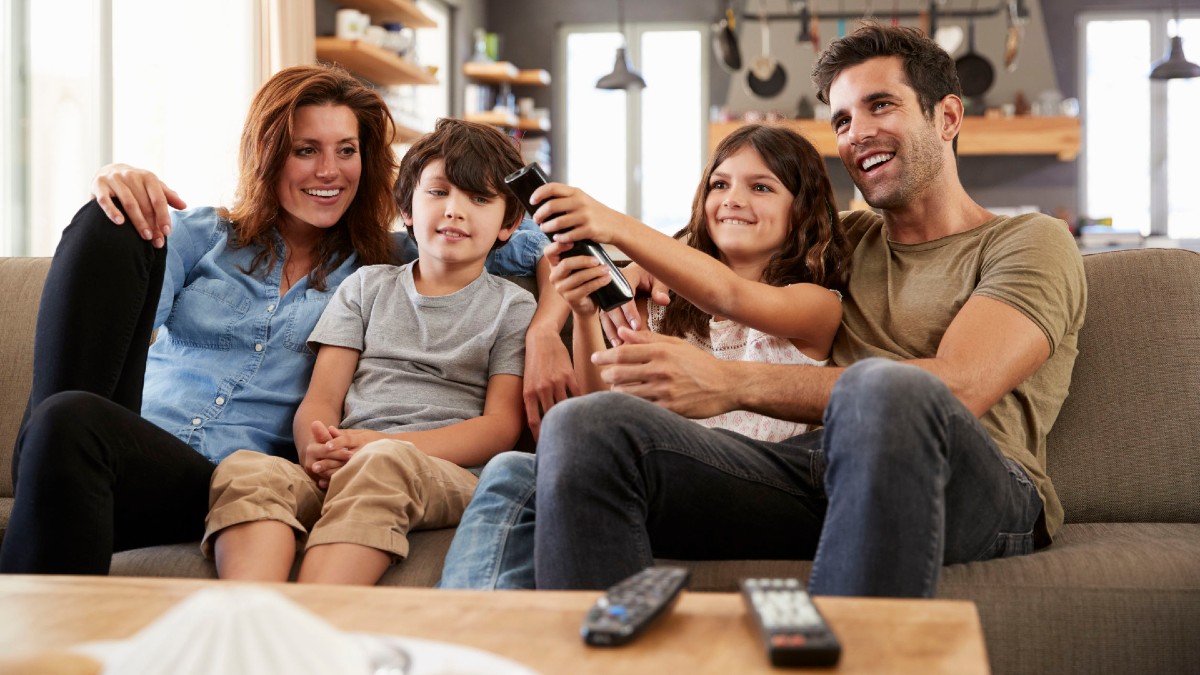The coronavirus crisis is entering a new phase. Now that the rate of infection is under control, most countries affected by the pandemic have begun to take steps towards deconfinement. For businesses, a new phase of uncertainty is opening up: what will this new normality look like? What, when and how will users buy online? How will they reach an audience that has changed its habits and no longer informs itself, has fun or surfs the Internet as before?
To answer this question, it is necessary to analyze how the consumption habits of digital audiovisual content will evolve after quarantine. This way, brands will be able to anticipate what is to come with an effective digital marketing strategy for the post-COVID-19 era that includes the Audio, Video & Connected TV areas.
The evolution of audiovisual content consumption during confinement
The European Audiovisual Observatory has just published its Key Trends 2019/2020 Report, which confirms the upward trend that the online audiovisual sector had been experiencing in the months prior to the coronavirus crisis. The report notes that Video on Demand (VoD) service subscriptions in Europe have surpassed the 100 million mark in 2019, with Netflix and Amazon Prime as the biggest beneficiaries.
With the implementation of confinement measures on a global scale, the demand for home entertainment solutions skyrocketed. Wurl Inc. estimates that in the second weekend of March, the consumption of audiovisual streaming content increased by 20% worldwide, with peaks up to 40% in countries such as Spain and Austria.
Subsequently, the progress of the pandemic has generated more profound changes in the population’s audiovisual leisure routines. A survey conducted by S&P in the United States at the end of March revealed that, as a result of the confinement, 52% of users were watching more free access videos on YouTube, while 18% had decided to subscribe to a new streaming content platform (with Hulu, Netflix and Disney+ as the leading candidates), and 17% were considering re-subscribing to a previously cancelled OTT service.
What will happen when the social distancing measures are eased?
Although the strict quarantines are gradually mutating into a new normality, everything points to the fact that in the coming months we will continue to spend more time at home than before the pandemic. Therefore, Connected TV, OTT subscriptions and, in general, all kinds of online entertainment options at home, and on any device, will continue enjoying their golden age.
Advertisers will be able to take advantage of this by going one step further and incorporating the digital audiovisual channel into their strategy. The key will be to target their Audio, Video & Connected TV campaigns to an audience that goes out less and prefers online shopping, home delivery and click & collect instead of traditional shopping in physical stores.

Connected TV and VoD during the new normal
In this new normality, the challenge for the online audiovisual content sector will be to retain the new subscribers and upsellings achieved during the critical phase in the fight to contain the virus. The fact that many families are being forced to cut back on their household budgets due to the economic downturn is playing against them. However, other factors work in their favor:
- With the cinemas closed, the big production companies have no choice but to delay their releases or move them to the OTT platforms, where they can recover their investment by releasing them exclusively for the premium accounts.
- COVID-19 has paralyzed the shooting of series on open television, this will impoverish the free entertainment offer in a short term.
- Even if sports competitions return, many of them will be played without an audience for months. Given the impossibility of attending the venues, and the limited capacity of the bars, Connected TV and streaming are going to be, for a long time, the only option to enjoy sports.
Music and podcasts for the post-COVID-19 era
Promusicae has corroborated that in the first week of the state of alarm there was an 11% drop in streaming music consumption in Spain, related to the drop in travel (most users connected by car or public transport) and the closure of the gyms. Also, in the following weeks, according to Spotify, the confinement altered the typology of the most-listened playlists. The dance hits and the most energetic melodies lost steam to make way for children’s songs and stories, the acoustic and chill out categories and music to work out, relaxation and meditation.
Therefore, for digital audio, the post-COVID-19 stage will be an opportunity to recover lost ground and respond to the new demand for specific content to listen at home. Likewise, brands have a great opportunity to reach, through new advertising formats, these audiences that consume music and podcasts at home. Spotify, for example, suggests backing up the classic radio spot and trying out 3D audios that mimic surround sounds, annotated playlists and ASMR of relaxing ambient sounds to capture the listeners’ attention.







